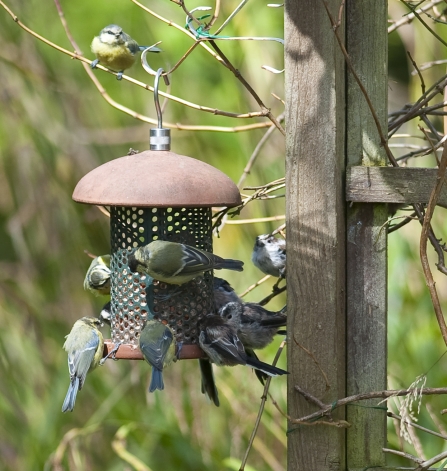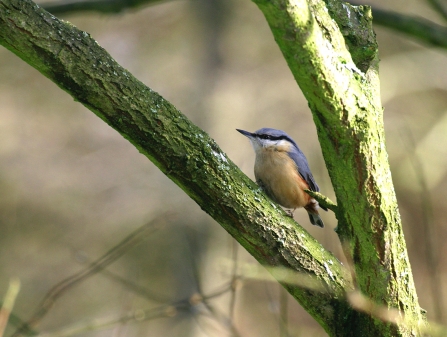Once spring is here, I’m always amazed at how quickly things progress. Buds are bursting open everywhere and the trees are suddenly becoming green again. This means that there will soon be an abundance of caterpillars available for the feeding of young birds. All timed perfectly of course.
Almost as soon as the clocks jumped forward, it seemed as if the dawn chorus leapt up a notch. Spring really is in full swing.
Since we’ve been spending so much time at home and in the garden, we’ve had more time to focus on feeding and watching the garden birds.












